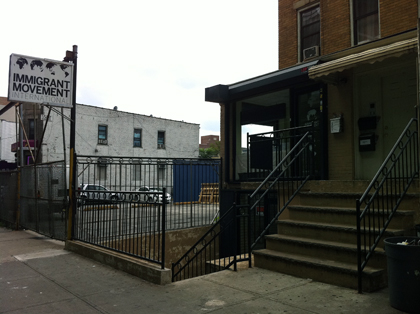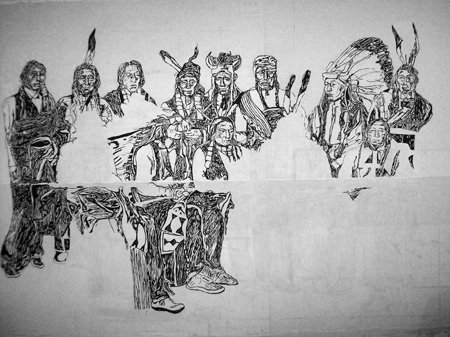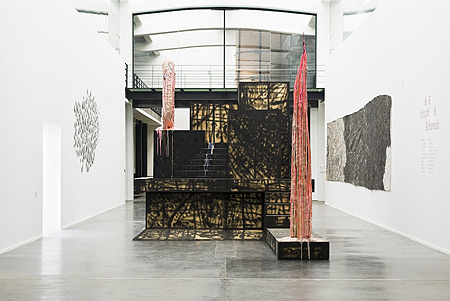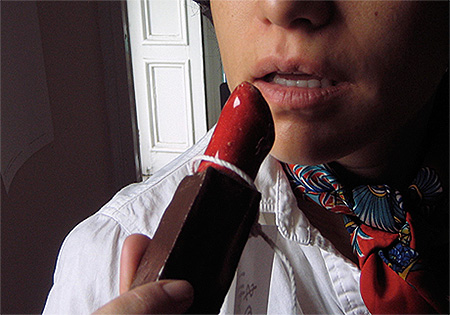
Today, The New York Times reported on what is likely one of the most creative fundraising efforts that the Queens Museum of Art has ever done—and a form of fundraising that will surely become more prevalent. The museum launched an “Adopt-a-Building” program using The Panorama of the City of New York. For those who’ve yet to visit the museum, its Panorama is an architectural model including every single building constructed before 1992 in Manhattan, Brooklyn, The Bronx, Queens and Staten Island. There are almost a million structures. How can this be possible? It’s simply huge. The area dimension of the model is 9,335 square foot; that’s 2,845 meters.
Now, to the gist of the program: the Adopt-a-Building initiative invites people to “invest” in the museum by playing real estate. Some pointers: loans don’t apply, so foreclosures need not be suffered; part of the funds raised go to the museum endowment and capital campaign, parts get re-invested in the model; and so on. This is sort of how The Panorama market looks like:
For $50, “purchase” your apartment. For $500, “name” your school, library or firehouse. Real Estate tycoons may donate up to $10,000, to “own” a landmark building or fund a significant update of the model.
(The quotes are theirs, to remind the speculator that this is just that, real money on hypothetical property; to remind that this is something like a gift economy in role play.)
The infamous Robert Moses—whose work on parks and recreations was in fact explored by the Queens Museum through a critical three-part exhibition they co-organized not too long ago—commissioned The Panorama in the early 1960s. It was rumored to be his working model of the city, but on paper it was made as a piece on display in the 1964 World’s Fair, which took place in Flushing Meadows-Corona Park (again, at Moses baton). The Panorama is now part of the collection of the Queens Museum, which is located in a former fair pavilion at this park.
In the last couple of decades, the museum has commissioned several people to activate The Panorama. For example, the original model makers, Lester Associates, updated the model in the early 1990s. Around that time, architect Roberto Viñoli designed the gallery where it is displayed, to be specific, the model’s platform and surrounding multi-level ramp. A sound and light show was most recently added to the room, a piece scripted by The Panorama expert Blagovesta Momchedjikova. (I am not a fan of this multi-media component. It was incorporated only a couple of years ago, and already looks and feels dated, unlike the model itself.) Visual artists have also created temporary site-specific work in The Panorama. In 2002, visual artist Michael Rakowitz used the model to identify the film locations of popular New York City films—Woody Allen’s Manhattan, Spike Lee’s Do The Right Thing, Mike Nichols’ Working Girl, etcetera. Miniature video cameras placed on the film locations (on the model) were connected to television monitors (on the ramp) transmitting live video-feed. These close-up static images of The Panorama street corners or buildings were dubbed with the original movie soundtracks. These are only a handful of examples in which the museum has dealt with conservation, interpretation and public engagement of The Panorama. And this does not even consider the countless docent tours and regular civic-minded and aficionado programs.
While the Queens Museum Adopt-a-Building program is a fundraising initiative, it has the potential of becoming quite an experimental economic cultural project on its own. I imagine this as I contemplate some of the challenges that the initiative may encounter. From what I can project, it seems to raise only interesting questions, whether these are about technical issues (Can membership sustainability be modeled on property taxation?) or more philosophical ones (How do public museums develop the so-called American Dream of private property?). My fascination with the program also lies in its curatorial edge: it seems to be conceived by approaching a work, and imagining its public—what are we looking at, and how can we present it so the public can become part of its history and potential. In the case of the Adopt-a-Building, the museum proposes that one way this can happen is by literally (i.e. financially) investing in and within a piece of the model. I am curious to see what happens.
* * *
As a side, I wanted to note that today the Times also reported on a proposed legislature bill to prevent museums in the state from deaccessioning artworks to cover operating expenses—no doubt the most questionable form of fundraising. The economic recession has obviously put art and cultural institutions in a difficult position. And so, the shrinking art markets, endowments and sponsorships are of concern. While I think the Queens Museum has a unique fundraising program, I recognize it’s such because of the particularities of The Panorama. I do believe, however, that one can generally “model” a fundraising campaign upon anything. But for it to be creative and meaningful, it has to methodically, thematically or even structurally approach existing resources.
A couple of other interesting development programs in New York museums are the current ‘station domination’ of the Museum of Modern Art (MoMA) and the ‘chocolate bar’ of the New Museum. Even if these have less of head in creative fundraising than in strategic marketing, they are quite noteworthy. The MoMA has a temporary exhibition throughout the many platforms of the Atlantic Pacific subway and commuter train station. The project runs from February 10-March 15, 2009, and is made by the museum as “a gift” (their word) to busy New Yorkers and commuters. It includes seminal artworks in the collection reproduced in decals and prints for light-boxes; it also includes posters and signage promoting discounted membership fees. This concept of station domination –when a single buyer purchases all advertising space in a subway station—is pretty intense. It makes the site into their venue. And knowingly, the museum calls this project its MoMA Atlantic Pacific site; it has even stamped the station’s entrance and exit turnstiles.
The New Museum’s “New Chocolate Bar” is radically more downscale and intimate. As you may imagine, purchasing the chocolate comes with museum membership. The idea is drawn from the fiction film Willy Wonka & The Chocolate Factory, whereby the owner of the chocolate factory creates a playful scheme to identify his corporation’s inheritor. The scheme consists in secretly packing a select number of chocolate bars with a prize. In Willy Wonka, the prized holders get a tour of the factory, and then one of them is selected as the inheritor to the corporation, which is in good standing and desirable and all that of course. In case of the “New Chocolate Bar,” there is only one part to the award, a membership upgrade, and while it’s better than a museum tour it’s far from inheriting the institution!
Above, picture of The Panorama’s Midtown Manhattan, drawn from the Queens Museum website.








